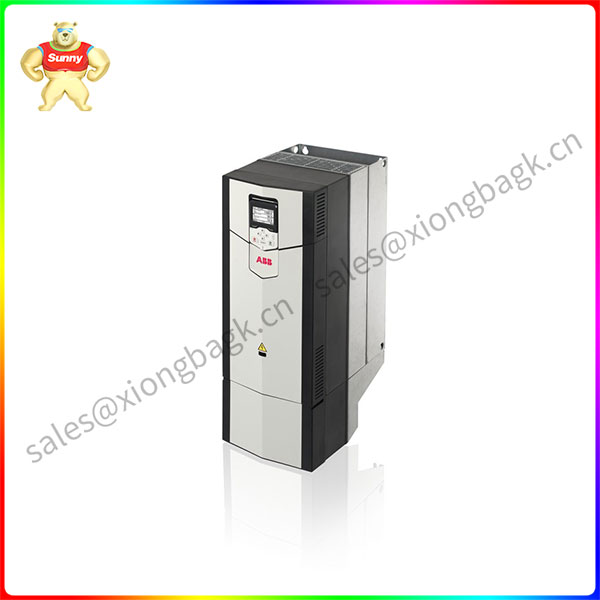ChatGPT’s global popularity continues to ferment, and recently its latest version of ChatGPT-4 has reached a climax, and the iteration speed in just a few months is amazing. As various technology manufacturers gather to seize the new heights of AI innovation, people marvel at the rapid progress of science and technology at the same time, a kind of anxiety also began to diffuse: ChatGPT work faster than people, do better than people, but also cheaper than artificial, does that mean that many jobs will be replaced by intelligent tools?
In fact, people’s thinking about the relationship between machine intelligence and people did not start from ChatGPT, and the anxiety about “being replaced” is not limited to the field of AI. Long before ChatGPT, various machine intelligence and automation tools were widely used in a variety of fields, and in the process, there has been a sustained focus on the relationship between machines and humans from a broader perspective. In years of industrial practice, collaborative robot manufacturer Youao Robot (hereinafter referred to as “Youao”) clearly sees that machine intelligence can be used by us, become a good “colleague” of humans, and help humans make work easier. Collaborative robots can interact with employees in close proximity and take over dangerous, difficult, tedious and intensive tasks, which not only can physically protect workers’ safety and reduce the risk of occupational diseases and injuries, but also allow workers to focus on more valuable work, liberate people’s creativity, and help workers harvest better career prospects and spiritual achievements.
Ensure a sense of security, reduce the working environment, processing object contact surface, ergonomics related risks
The health risks workers face in the workplace first come from dust, chemical reagents, high pressure and other working environments. For example, in the production links such as grinding and sandblasting, the working environment is full of dust and noise. Taking polishing as an example, when cleaning burrs for automotive engine cylinder head and other parts, cooperative robots can be used instead of hands to deburr the rocker arm surface and edge through floating grinding head, so that workers can avoid inhaling a lot of dust; Another example is that disinfection has become the norm in the workplace in the past few years, and the use of collaborative robots for disinfection operations not only helps workers quickly disinfect large areas, but also saves employees from long-term exposure to chemical agents. In addition, by integrating technologies such as VR into the ecology, it can also flexibly and fully expand the application scenarios of collaborative robots, such as replacing workers in high-
In addition to the surrounding environment, the contact between the worker and the processing object itself may also pose a risk of cuts, burns, electric shock and so on. The edges of many parts are very sharp, and workers are easily cut by sharp parts during the processing, turning and grinding of these parts. For example, in manual welding tasks, workers often face the risk of burn, electric shock, vision impairment and so on. Using collaborative robots to handle these tasks can effectively reduce such risks. So does the proximity of a collaborative robot to a worker itself pose an additional risk? The answer is no, and Youo’s patented technology ensures that the robot limits its force when it comes into contact with a worker, and users can program Youo to slow down when a person enters the robot’s work area and return to full speed when the person leaves.
Even if the risks to the environment and processing objects are excluded, employees still face another health problem, that is, many movements are inevitably not ergonomic. Take the waterproof liner on the door of the car in the manufacturing process as an example, the installation of the liner requires the operator to use the force measuring roller to keep pressure, which is easy to cause arm joint injury and even cause musculoskeletal diseases in the long run. The introduction of cooperative robots into this work process can not only achieve a repeatability of up to plus or minus 0.05mm, but also protect the health of the operator. Compared to traditional industrial robots, cobots are very flexible and lightweight, so they can follow complex paths in confined Spaces and avoid the protruding rivets in the door to ensure that the liner is completely sealed to avoid water leakage.
Build a sense of achievement, help workers transition to high-skilled talent, and seize new career opportunities
After gaining physical security, employees have a higher level of needs, they need a spiritual sense of achievement. As cobots take over basic tasks that are cumbersome and dangerous, workers can focus on higher-value tasks and seek new knowledge and skills. The data shows that while machine intelligence replaces basic tasks, it also creates many new jobs and catalyzes the demand for highly skilled personnel. According to the World Economic Forum, automation will create 97 million new jobs by 2025. At the same time, the data show that in recent years, the ratio of highly skilled talents in China has remained above 2 for a long time, which means that a technical skill talent corresponds to at least two positions, and the degree of hot demand can be seen.
Clearly, as the pace of automation continues to accelerate, updating your skills to keep up with trends will be of great benefit to your career. With a series of education and training initiatives, such as advanced collaborative robots and the “Youao Academy”, Youao hopes to help practitioners achieve “knowledge update” and skills upgrade, firmly grasp the opportunities of new jobs in the future.
 中文版
中文版




